I am currently learning the fundamentals of BJTs from "Microelectronic cicuits" by Sedra and Smith. More specifically I am reading about how BJTs can be used as voltage amplifiers. From my understanding of the content, the process of amplification can be summarized by the following equations:-
$$ \begin{aligned} V_{CC} &= I_{C}R_{C} + V_{CE} \\ \rightarrow V_{CC} &= I_{C}R_{C} + V_{CB} + V_{BE} \\ &(\because V_{CE} = V_{CB} + V_{BE}) \\ \rightarrow V_{CC} &= I_{C}R_{C} + V_{CB} + 0.7 \\ &= const\ {\rm (from\ KVL)}\hspace{1cm}(1) \\ \end{aligned} $$
$$ {\rm and} $$
$$ I_{c} = I_{s} \cdot e^{V_{BE}/V_{T}}\hspace{1cm} (2) $$
Let us consider an example. Let the input signal be an AC voltage riding on a DC biasing voltage across the Base-Emitter junction. During a positive cycle of the AC, Vbe increases and this results in a corresponding increase in Ic (by Equation-2). This also leads to a greater potential drop across the Rc resistor as more current flows through it now. In order to compensate for the increase in Vbe and IcRc, Vcb decreases to maintain a constant voltage drop (Equation-1). Now if Vcb goes low enough, the transistor enters saturation. This results in a decrease in Ic (like a negative feedback loop). My question is: If the above is correct then how does a transistor actually go into saturation without the above stated feedback loop pushing it out of the loop?


